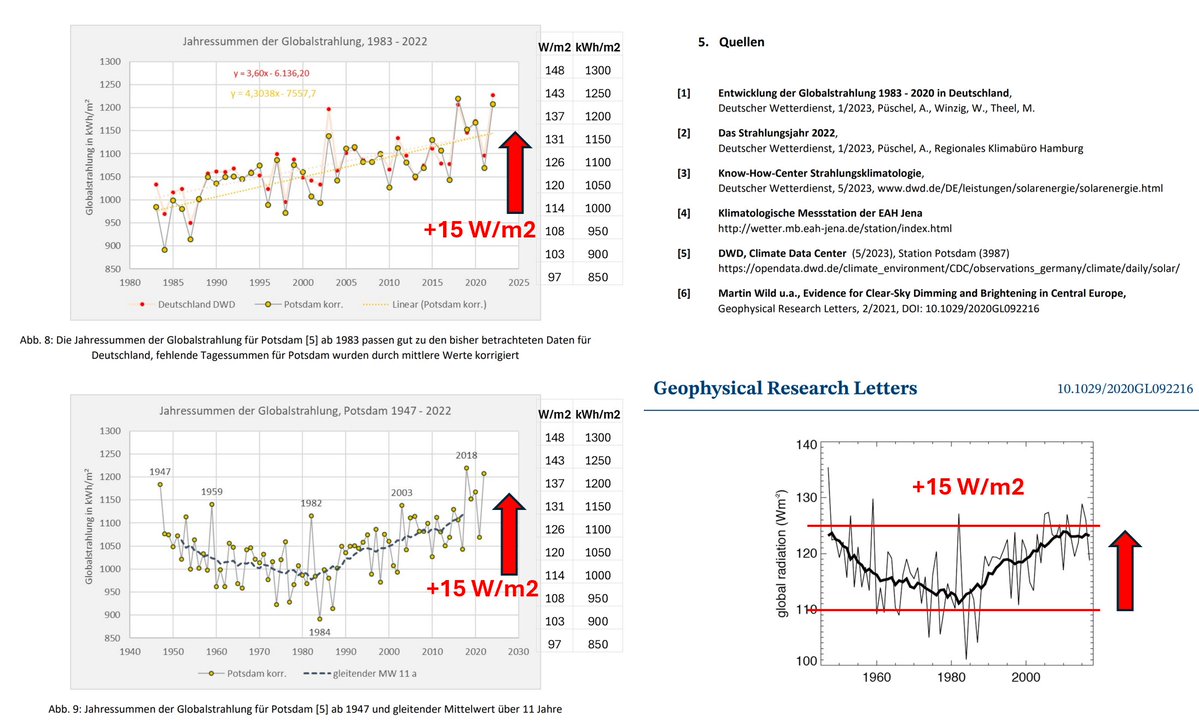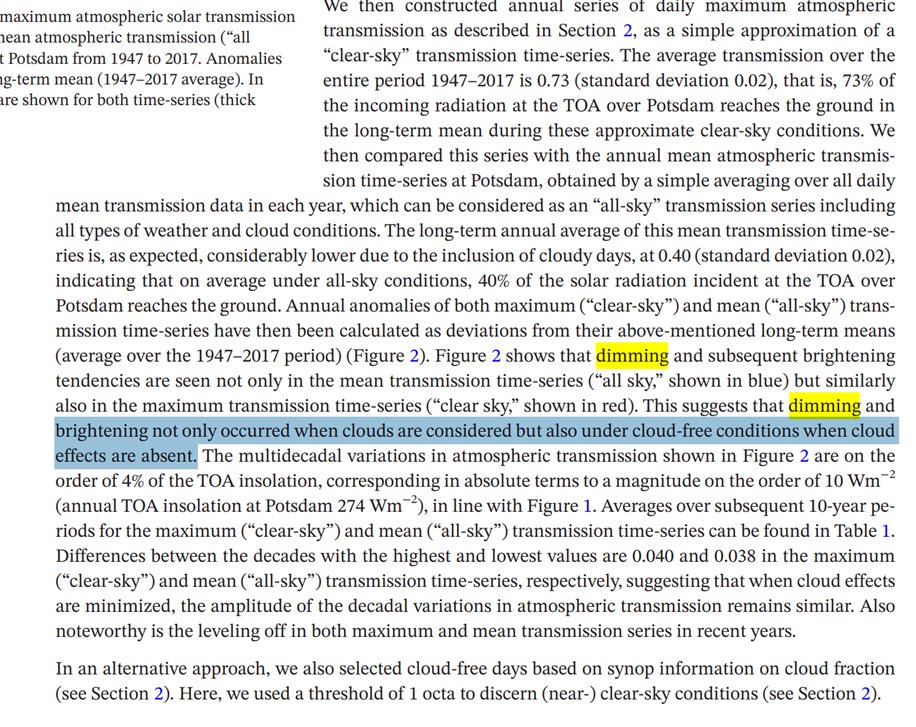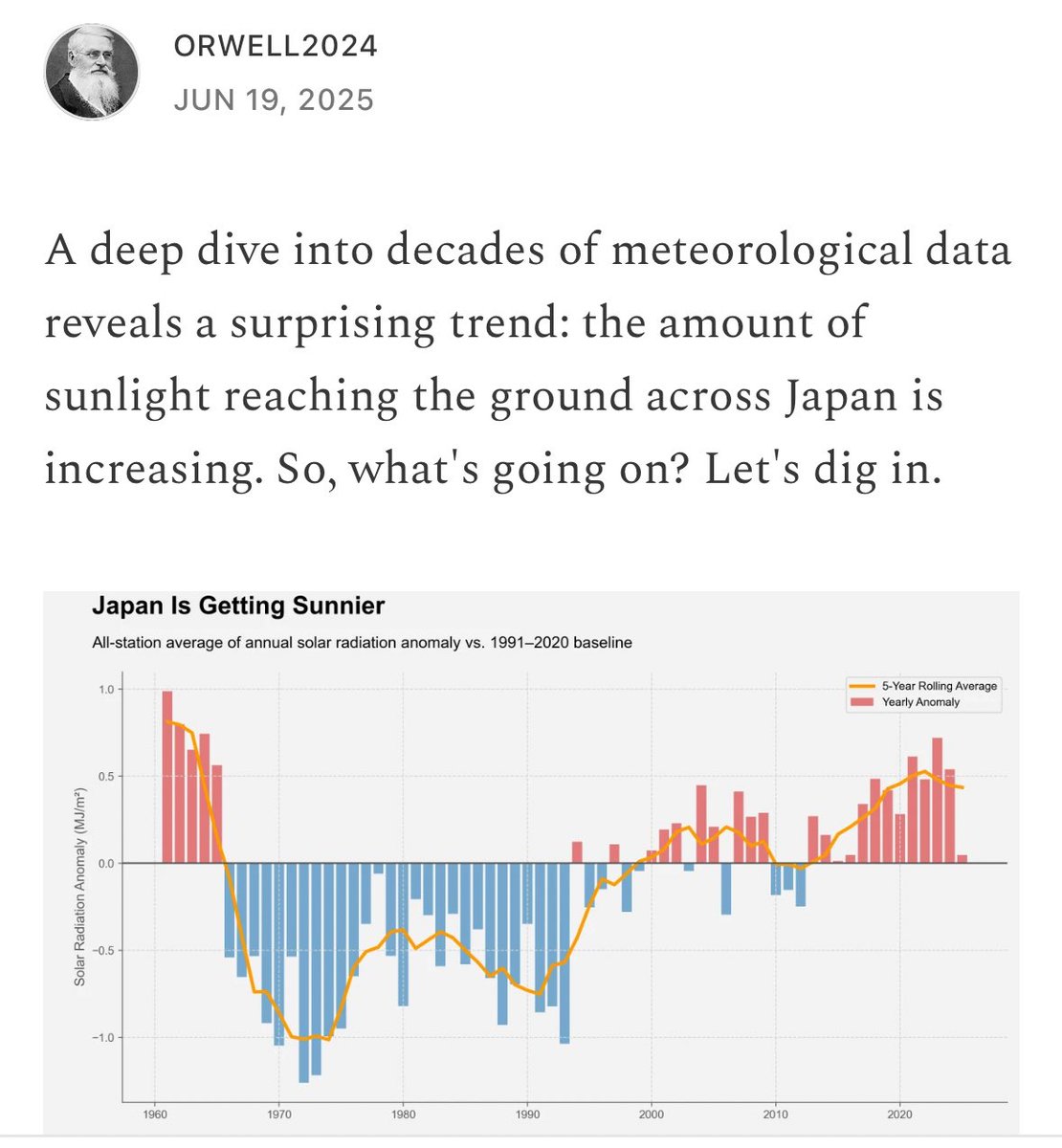1/ NL, AUT, SWE, NO, CH age adjusted mortality update.
I have added data up to week 47 now (28th November).
Left column: crude mortality (normalized to total population).
Right column: ASMR using NL2011 std. population.
AUT and NL go up, not NO, CH, SWE.
I have added data up to week 47 now (28th November).
Left column: crude mortality (normalized to total population).
Right column: ASMR using NL2011 std. population.
AUT and NL go up, not NO, CH, SWE.

2/ The mortality increase in NL and AUT is not related to vaxx. The vaxx is at the same time not visible as lifesaving in all cause as C19 is not the driving parameter, neither is the vaxx.
We likely see the price to pay for permanent lockdowns, social isolation, fear, etc.
We likely see the price to pay for permanent lockdowns, social isolation, fear, etc.

3/ Let's dig deeper than AMSR: now we plot mortality by age bin population. This is more precise in order to understand what is going on.
No surprise, the old are dying. Do people not know this? And are we now "bin counting" 90+ people to make lockdown panic? Stop this please.
No surprise, the old are dying. Do people not know this? And are we now "bin counting" 90+ people to make lockdown panic? Stop this please.

4/ Let's go down by age now.
65-79 years.
Norway is a good place to be. Surprised? Equally vaxxed as the others. Why?
NO👉 The richest country in Europe if we exclude the "micky mouse" fiscal paradise countries like Luxemburg of course.
65-79 years.
Norway is a good place to be. Surprised? Equally vaxxed as the others. Why?
NO👉 The richest country in Europe if we exclude the "micky mouse" fiscal paradise countries like Luxemburg of course.

6/ So let's dig deeper hereon 50 years spike. I bet those are men.
Bingo. Surprise? Why men? Why us?
Listen to this along with the graphs
DE:
EN:
We, @OS51388957, @Bobby_Network, @Hache_Berlin will sing it in Vienna.😀
Bingo. Surprise? Why men? Why us?
Listen to this along with the graphs
DE:
EN:
We, @OS51388957, @Bobby_Network, @Hache_Berlin will sing it in Vienna.😀

8/ I hope point 5 makes clear why aggregated mortality and excess analysis is a misleading way of understanding causality of mortality and why we dig down on population normalized raw data by multivariate parameters like age, sex...
https://twitter.com/hmatejx/status/1472711741867966464?s=20
9/ Let's go furter down by age and sex to 35-49. Notice the spike in the male bin for NL and SWE. Life is hard for men yes. 

12/ Summary: It looks like if the 2 year lockdown and panic narrative do and did not save lives. In contrary.
Is that a surprise? How and why did we think that it would help?
ncbi.nlm.nih.gov/pmc/articles/P…
nature.com/articles/s4159…
cambridge.org/core/journals/…
Is that a surprise? How and why did we think that it would help?
ncbi.nlm.nih.gov/pmc/articles/P…
nature.com/articles/s4159…
cambridge.org/core/journals/…
13/ Found a little mistake while appending (bad idea) in the new W44-47 data. The deaths changed in some cases, so I double counted some weeks (e.g. 43) where the duplicate removal consequently did not work (as deaths also changed). That gave the male spikes (not real). 

14/ So here again. And gone is the spike. So the men are lucky at the end. It was just a duplicate line. Still, I hope you enjoyed Grönemeyer 😇 

15/ Also again here the first graphs without those (data duplicates) spikes.
Lesson learned: for 2021 data, start with a fresh download as the late weeks are still changing due to reporting lag.

Lesson learned: for 2021 data, start with a fresh download as the late weeks are still changing due to reporting lag.


• • •
Missing some Tweet in this thread? You can try to
force a refresh






























